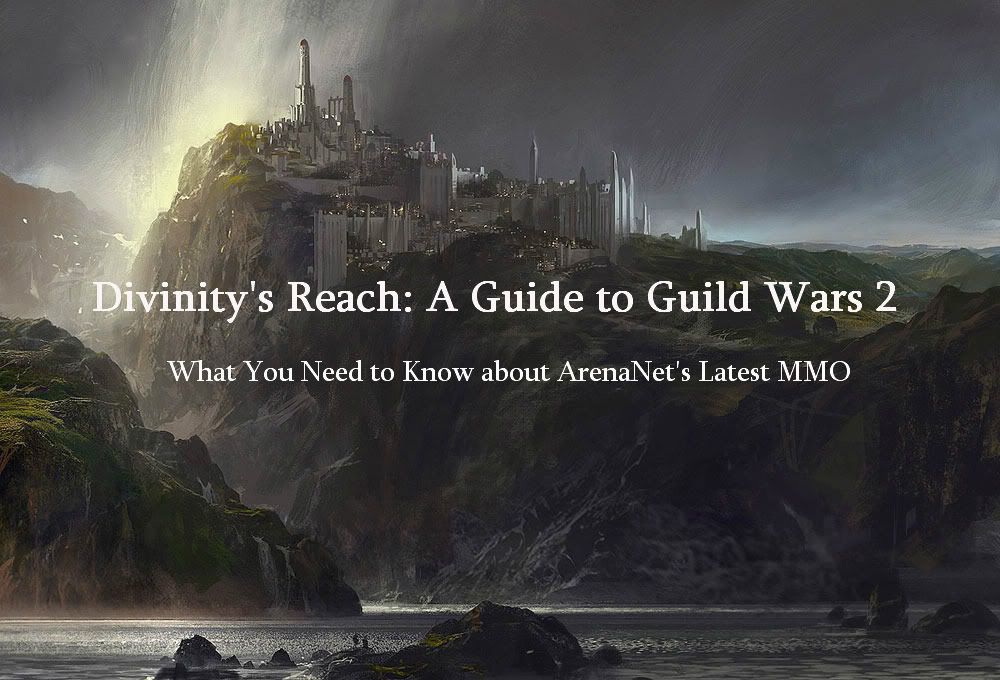One of the original intentions behind the development of the holy trinity was to separate the various classes into distinct roles. Several games have expanded this gap by separating classes into talent trees or specs that have created unique playstyles within the same class or role.
Before Cataclysm, Blizzard often cited "class homogenization" when complaints were made on various forums about a class's lack of a way to heal, or in the very early iterations, a class's lack of a way to deal damage. The original healers in the game were often required groups of players to level up, and over time the pain felt by players forced Blizzard to eventually dissolve some of their earliest restrictions.
Today in WoW, all classes have some form of healing and at least one talent tree that provides a way to deal relatively equal amounts of damage as other classes.
Guild Wars 2 took Blizzard's changes one step further by removing the holy trinity, and providing the capability for all professions to be relatively self sufficient. Each profession can heal and deal damage, and in group fights everyone uses a variety of movement, control, and unique skills to dynamically tank bosses.
One of my biggest concerns before playing the game, was wondering if this would make the professions appear too similar. Or more formally, would class homogenization be too great to make each profession feel unique?
After playing, I'm glad to report back that no, each profession, and even with-in each profession, there are major distinctions between individuals. Weapon choice, utilities, unique mechanics, trait trees, and stat allocations in gear have succeeded in really setting apart each player by the style in which they want to fight.
When first discussing the game with a friend, he became concerned that if multiple professions are given the same weapon in a game built around what weapon you are carrying, that two classes may become too similar.
I disagreed and suggested that traits and mechanics would be enough to differentiate the professions. However, as release is approaching, I wanted to re-examine this question on class homogenization.
For a moment, let's ignore traits and second weapon sets and play devil's advocate. Let's look at how the same weapon is used by two different professions uniquely.
 |
From the Guild Wars 2 Official Wiki
So let's see. Both are mid-range weapons that are able to poison, cripple and bleed foes.
Most obviously, the biggest difference is that both have additional mechanics that benefit their profession. A ranger is able to increase the damage output of their pet, while thieves are provided a stealth skill that provides an immobilization condition.
As you compare the list, you may start to think that some of the skills are very similar. And you would be only half right.
However, notice even how the subtle differences in a "similar" skill is by examining the Crippling Shot of the ranger with the Disabling Shot of the thief. Both are ranged attacks that shoots an arrow, while performing an evasive leap backwards. Essentially, it keeps the enemy off you while dealing some damage at the same time.
The most startling difference is the resource cost, where rangers are forced into 9 second cooldown, thieves are able to use multiple Disabling Shots in quick succession. The most unifying themes of thieves are generalized here, we are masters of both mobility and active control of our opponents. Why we are focused on controlling our opponent, the ranger buff's him/herself with swiftness. That may be a small subtle difference at first, but the more you begin to think about them, the more different they become.
An opponent will have to contend with a crippled condition on themselves or try to remove a boon from their enemy. If the ranger just used their skill, it will be on cooldown for 9 seconds. Maybe it's time for an attack with an immobilize? Whereas, if the thief has just used Disabling Shot, you might want to save your immobilization. After all, even if you attack him in melee while he's immobilized, he can simply use Disabling Shot a second or third time allowing him to evade your attack. (Yes, upon immobilization and use of Disabling shot we no longer benefit from the leap backwards, but we still gain the benefit of a brief second of invulnerability) The opponent will have to rely on a different rule set to win against a thief or a ranger.
And that was just by examining a single parallel skill by two professions. You now have to start adding in the second weapon set brought by the thief or ranger, their traits, their utilities, and you can start to see an open area for experimentation and diversity of builds in the game. I would even boast that Guild Wars 2 has more diversity in playstyle than any of the AAA MMO's released thus far.
|



What more can I say then, "I agree." GW2's weapon skills are subtle and deep.
ReplyDeleteI'm hoping that when GW2 goes live and we have the chance to really test skills and weapon sets that the theory crafting will be more along the lines of set-ups that fit a particular play style versus raw damage numbers.
I didn't like WoW's "best in slot" style of design and look forward to building my toons to support how I play, not change how I play to support a build.